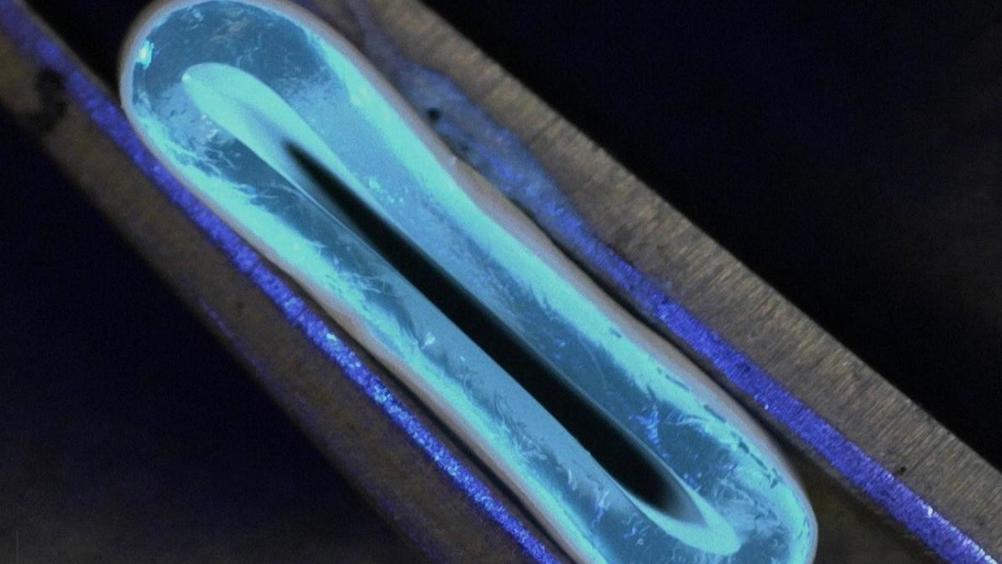Working in collaboration with Heriot-Watt University, the Edinburgh team produced the biomimetic blood vessels using a two-stage process. First, they used a rotating spindle integrated into a 3D printer to print tubular grafts made from a water-based gel. A second stage saw the printed grafts reinforced using an electrospinning technique, with high voltage drawing out very thin nanofibres to coat the artificial blood vessel in biodegradable polyester molecules.
Related content
Testing showed the resulting flexible, gel-like tubes to be as strong as natural blood vessels. The researchers believe the technology could help limit scarring, pain and infection risk associated with the removal of human veins in bypass operations, of which some 20,000 are carried out in England alone each year. The research is published in Advanced Materials Technologies.
“The results from our research address a long-standing challenge in the field of vascular tissue engineering – to produce a conduit that has similar biomechanical properties to that of human veins,” said principal investigator Dr Norbert Radacsi, from Edinburgh University's School of Engineering.
“With continued support and collaboration, the vision of improved treatment options for patients with cardiovascular disease could become a reality.”
According to the research team, the vessels can be made from 1 to 40mm in diameter for a range of applications, with their flexibility meaning they could be easily integrated into the human body. The researchers will now work alongside Edinburgh University's Roslin Institute to explore the use of the 3D-printed vessels in animals. It is hoped that trials in humans will then follow.
“Our hybrid technique opens up new and exciting possibilities for the fabrication of tubular constructs in tissue engineering,” said study lead author Dr Faraz Fazal, from Edinburgh’s School of Engineering.











McMurtry Spéirling defies gravity using fan downforce
Ground effect fans were banned from competitive motorsport from the end of the 1978 season following the introduction of Gordon Murray's Brabham...